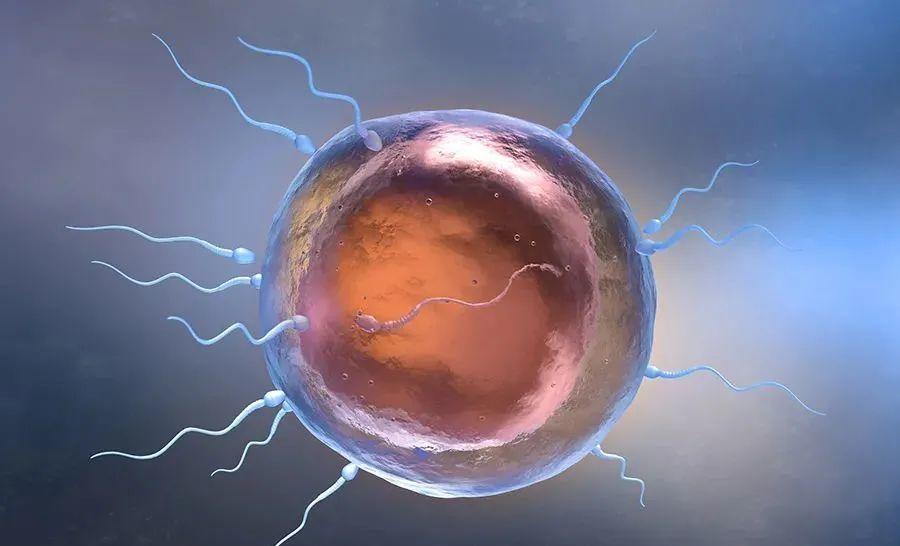In the treatment process of IVF, when it is learned that the number of follicles in the ovaries is large and the number of eggs obtained is large, I believe that the patient's friends will also increase their confidence in the treatment, because this means that there will be a great possibility of developing more transferable embryos, and the hope of pregnancy will be one more point.
After egg retrieval, I was dumbfounded when I learned about the results of embryo culture - although the number of eggs retrieved is large, but the number of transplantable embryos raised is very small, what is going on in the middle?
First of all, patients should pay attention to the number of eggs obtained≠ the number of transferable embryos is large
In fact, in the process of IVF, not a single egg will necessarily be able to develop a transferable embryo.
First, consider the maturity of the egg
In the retrieved eggs, not all the eggs may be mature, there may be a part of the eggs are not yet mature, then the immature eggs are not available, so they will be eliminated.
Second, consider the fertilization situation
And even if the egg is mature, there is no guarantee that the fertilization will be successful and the embryo will be raised.
Generally about 18 hours after egg retrieval, laboratory technicians will observe the fertilization of the eggs to see whether the eggs are fertilized and whether there are abnormal fertilization, such as multi-fertilization, fertilization failure, etc., then at this step may produce a part of the "elimination players".

Third, consider the embryonic fission
After the egg is successfully fertilized, the laboratory technician also needs to continue to observe the egg cracking situation of the embryo, to see the egg cracking speed, the number of cells, etc., generally about 48 hours after the egg retrieval, the embryo will develop to 4 cells, about 72 hours after the egg retrieval, the embryo will develop to 8 cells. In the process, abnormally developed embryos are also eliminated.
Fourth, consider the quality of the embryo
About 72 hours after egg retrieval, the embryo generally develops to 8 cells, then the laboratory technician will rate the embryo, through the number of embryo cells, embryo symmetry and embryo fragmentation rate to comprehensively assess the quality of an embryo, any "potential stock" can not escape the eyes of the technician, but at the same time, the quality of the embryo that exists is too poor to be transferred will also be selected and eliminated.
Fifth, consider whether to raise a sac
Some patients in order to successfully conceive as soon as possible, will choose to culture and transfer blastocysts, then the culture of blastocysts is a process of survival of the fittest, after blastocyst culture, can further eliminate defective, poor developmental potential of embryos, to achieve the purpose of survival of the fittest, this process may eliminate some embryos.
Therefore, from egg retrieval to embryo cultivation, don't look at this period is only a short period of 3 to 5 days, but every key link during the period may be eliminated.
In view of the situation that there are more eggs and fewer transferable embryos, then in the next ovulation induction cycle, the attending doctor and laboratory will adjust the fertilization method according to the patient's egg situation and fertilization situation in the previous cycle, so as to help patients get as many transferable embryos as possible.